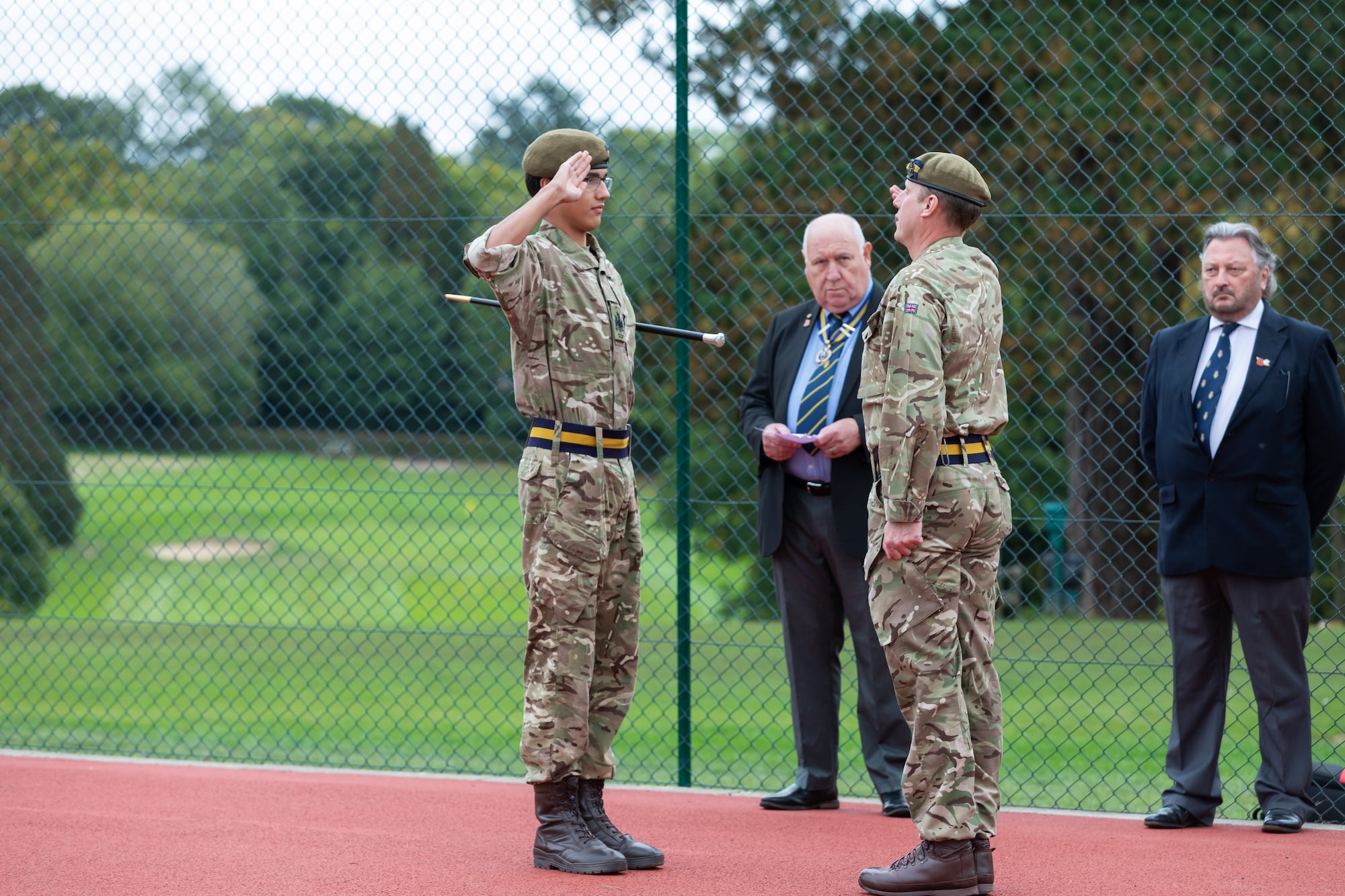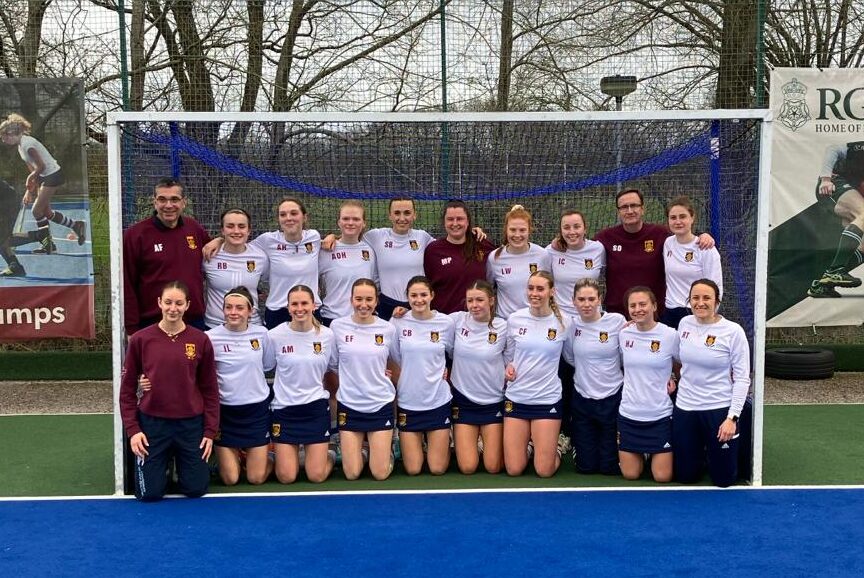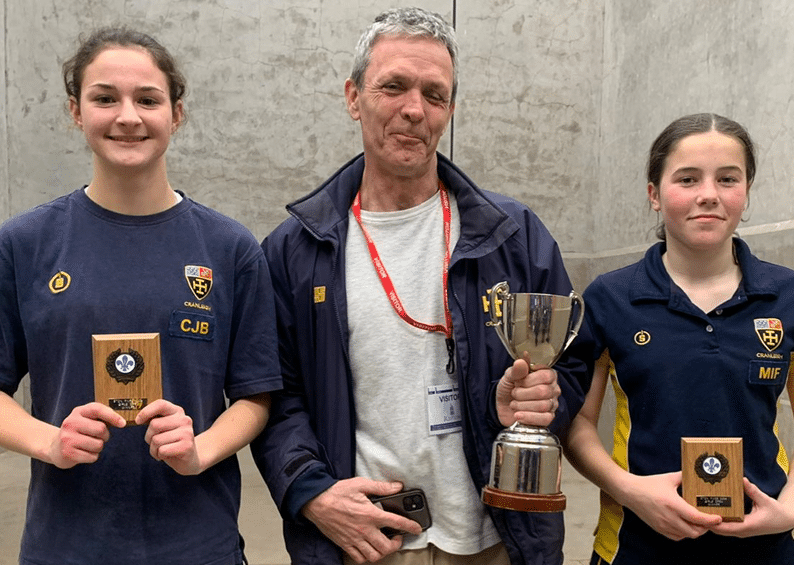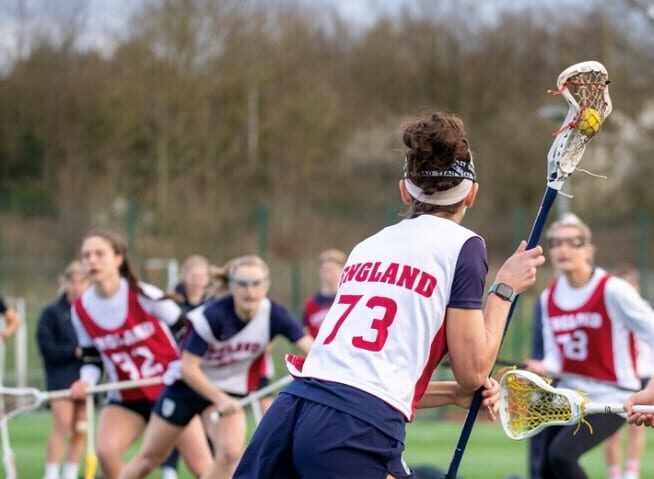The Michaelmas Term 2013 edition of Cranleigh Matters ventured into the Art Department to take a closer look at what we do: this is what they discovered!

Each year the Art department at Cranleigh sees pupils produce extraordinary work: ambitious, imaginative, skilful and thought-provoking. We’ve gone to the source, to find out what’s so special about Cranleigh’s Art department – and why Art education is so important for young people today
Cranleigh’s Art department goes from strength to strength: you only have to look at the array of work regularly showcased in the Cranleighan and on the School website (and the accolades from external bodies) – to confirm this. The department’s unique characteristic is undoubtedly the specialist teaching and spaces that enable students to pick personalised creative journeys through the diverse range of painting, printmaking, ceramics and sculpture.
“I’m not a great believer in talent” says Director of Art, James Nairne, “because research shows that having the right attitude; a growth mind set; a willingness to experiment and try things out and a determination to make progress is more important than any innate ability. The department’s aim is to nurture pupils’ interest so that the specialist teaching engages them personally, whether they are slip-casting a portrait head, constructing an identity box, pulling an aquatint etching, or learning to scumble and sgraffito.”
Cranleigh sets time aside, ‘prioritised’ slots, for GCSE and Sixth Form artists to enable them to practise and build the skills they need. The studios – large and spacious – are open all day and staff are available to help, support, encourage and challenge. Pupils learn to take risks, to make creative decisions with confidence; they learn the value of what can be achieved through hard work when appropriately supported. Each individual pupil develops their own creative journeys – personalised to suit their individual interests – under the guidance of the department’s specialists.
 In Printmaking, Ngaere Sutton teaches students to develop work in linocut, screen printing and intaglio, either traditional etching or experimental collagraphs. A recent course in Japanese printmaking has encouraged her to introduce new techniques of Moku Hanga.
In Printmaking, Ngaere Sutton teaches students to develop work in linocut, screen printing and intaglio, either traditional etching or experimental collagraphs. A recent course in Japanese printmaking has encouraged her to introduce new techniques of Moku Hanga.
Wendy Yates is the department’s ceramics and glass expert. Recent students have gained direct entry to Degree courses – the quality and 
ambition of her students’ work has been recognised as exceptional by the Cambridge examinations board.
 Paul Lewthwaite joined the department this year and brings the experience of 20 years’ working as a sculptor, as well as two as a school-based artist-in-residence. His studio is like a laboratory, specialising in the alchemy of transforming materials into something new and exciting.
Paul Lewthwaite joined the department this year and brings the experience of 20 years’ working as a sculptor, as well as two as a school-based artist-in-residence. His studio is like a laboratory, specialising in the alchemy of transforming materials into something new and exciting.
 James Nairne joined Cranleigh in 2012 and has brought a systematic approach to the teaching of painting and drawing that builds confidence and understanding in the area most students know best but sometimes find the hardest. He’s keen to develop the department’s digital media skills, introducing Photoshop to the department’s schemes of work.
James Nairne joined Cranleigh in 2012 and has brought a systematic approach to the teaching of painting and drawing that builds confidence and understanding in the area most students know best but sometimes find the hardest. He’s keen to develop the department’s digital media skills, introducing Photoshop to the department’s schemes of work.
So what are the values that unite this team? “Art is sometimes seen as an easy subject, or one that has poor career prospects, but ask any student and they will tell you how much time and effort is required to achieve the top grades”, says James. “The UK’s creative industries have been some of the highest earning areas of the economy over the last decade and are admired the world over; they’re powered by the high quality art and design education provided in this country. While many of our pupils will go on to study other subjects, many of the skills learnt in terms of attitude and approach are just the creative, problem-solving skills that employers need.”
Is this, then, the reason that Art is taken so seriously – and is so successful – at Cranleigh? Not entirely, in James’s view. “Art in education doesn’t need an economic justification; rather the ability art has, along with the other creative subjects, to provide experience and knowledge not found elsewhere provides its purpose. The sheer enjoyment of making something new, the satisfaction of having striven to achieve the highest quality outcomes, and the ability to express a personal idea in an aesthetically pleasing artefact, give art its value to pupils in school; this is the reason art is taken seriously at Cranleigh.”
Back to all news












